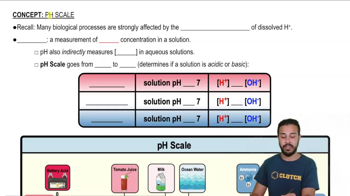Dilute urine is produced when decreased levels of______ are secreted:
a. aldosterone
b. atrial natriuretic peptide
c. ADH
d. none of the above
 Verified step by step guidance
Verified step by step guidance



Dilute urine is produced when decreased levels of______ are secreted:
a. aldosterone
b. atrial natriuretic peptide
c. ADH
d. none of the above
Which of the following conditions does not contribute to the creation and/or maintenance of the medullary osmotic gradient?
a. The countercurrent exchanger of the vasa recta
b. The countercurrent multiplier of the nephron loops of cortical nephrons
c. The countercurrent multiplier of the nephron loops of juxtamedullary nephrons
d. The permeability of the medullary collecting system to urea and other ions
Fill in the blanks: The kidneys produce _____ urine when the osmolarity of the body's fluids increases. They produce _____urine when the osmolarity of the body's fluids decreases.
The GFR may be estimated by measuring the rate at which certain substances are removed from the blood, which is known as:
a. renal clearance.
b. plasma creatinine.
c. glomerular hydrostatic pressure.
d. inulin estimation.
Fill in the blanks for each of the following statements:
a. The process by which urine is eliminated is called _____ , and it is mediated by reflexes involving the_____nervous system.
b. The mucosa of the organs of the urinary tract is lined with _____epithelium.
c. The three layers of smooth muscle in the urinary bladder are known as the_____muscle.
d. The female urethra provides a passageway for , whereas the male urethra provides a passageway for_____and_____ .
Which of the following is not a physiological process carried out by the kidneys?
a. Blood pressure regulation
b. Tubular reabsorption
c. Tubular secretion
d. Glomerular filtration
e. All of the above are physiological processes carried out by the kidneys.